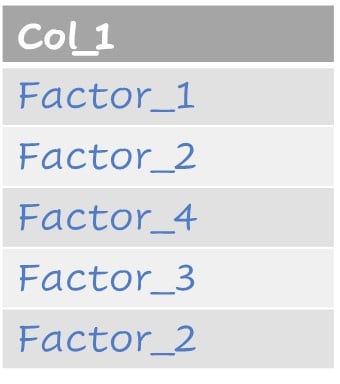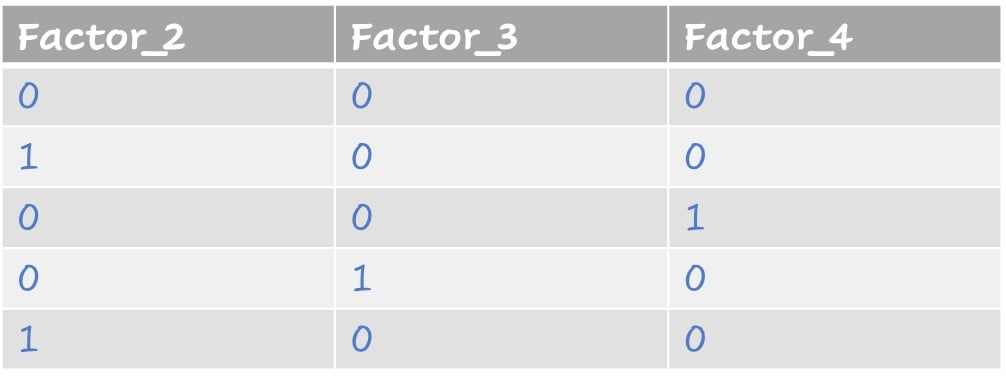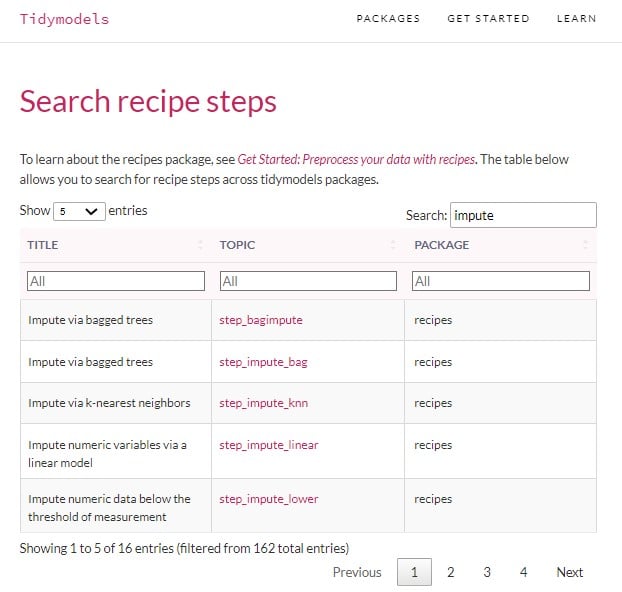Increasing the information content of raw data
Feature Engineering in R

Jorge Zazueta
Research Professor and Head of the Modeling Group at the School of Economics, UASLP
Dealing with raw data
A typical dataset with missing values

Values as factors

Dealing with raw data
Dataset with imputed values

Factors represented as dummy variables

The loans dataset
# A tibble: 614 × 13
Loan_ID Gender Married Dependents Educa…¹ Self_…² Appli…³ Coapp…? LoanA…? Loan_…?
<fct> <fct> <fct> <fct> <fct> <fct> <dbl> <dbl> <dbl> <dbl>
1 LP001002 Male No 0 Gradua… No 5849 0 NA 360
2 LP001003 Male Yes 1 Gradua… No 4583 1508 128 360
3 LP001005 Male Yes 0 Gradua… Yes 3000 0 66 360
4 LP001006 Male Yes 0 Not Gr… No 2583 2358 120 360
5 LP001008 Male No 0 Gradua… No 6000 0 141 360
6 LP001011 Male Yes 2 Gradua… Yes 5417 4196 267 360
7 LP001013 Male Yes 0 Not Gr… No 2333 1516 95 360
8 LP001014 Male Yes 3+ Gradua… No 3036 2504 158 360
9 LP001018 Male Yes 2 Gradua… No 4006 1526 168 360
10 LP001020 Male Yes 1 Gradua… No 12841 10968 349 360
# … with 604 more rows, 3 more variables: Credit_History <dbl>, Property_Area <fct>,
# Loan_Status <fct>, and abbreviated variable names ¹?Education, ²?Self_Employed,
# ³?ApplicantIncome, ??CoapplicantIncome, ??LoanAmount, ??Loan_Amount_Term
# ? Use `print(n = ...)` to see more rows, and `colnames()` to see all variable names
Missing values
We can visually identify missing values in loans using vis_miss(loans)from the package naniar.

Missing values
We can zoom the table by selecting only the columns with missing values.
loans %>%
select(Gender,
Married,
Dependents,
Self_Employed,
LoanAmount,
Loan_Amount_Term,
Credit_History) %>%
vis_miss()
A closer view of missing values

Missing values and dummy variables
We can address missing values and create dummy variables in the same recipe.
lr_recipe <-
recipe(Loan_Status ~.,
data = train) %>%
update_role(Loan_ID,
new_role = "ID" ) %>%
step_impute_knn(all_predictors()) %>%
step_dummy(all_nominal_predictors())
Print the recipe
lr_recipe
Recipe
Inputs:
role #variables
ID 1
outcome 1
predictor 30
Operations:
K-nearest neighbor imputation for all_predictors()
Dummy variables from all_nominal_predictors()
Finding the right recipe step
We can find other imputation methods and all recipe steps in the tidymodels documentations at www.tidymodels.org/find/recipes

Fitting and assessing our model
# Fit
lr_fit <-
lr_workflow %>% fit(data = train)
lr_aug <-
lr_fit %>% augment(test)
# Assess
lr_aug %>%
roc_curve(truth = Loan_Status, .pred_N) %>%
autoplot()
bind_rows(lr_aug %>%
roc_auc(truth = Loan_Status,
.pred_N),
lr_aug %>%
accuracy(truth = Loan_Status,
.pred_class))
# A tibble: 2 × 3
.metric .estimator .estimate
<chr> <chr> <dbl>
1 roc_auc binary 0.738
2 accuracy binary 0.792

Let's practice!
Feature Engineering in R

